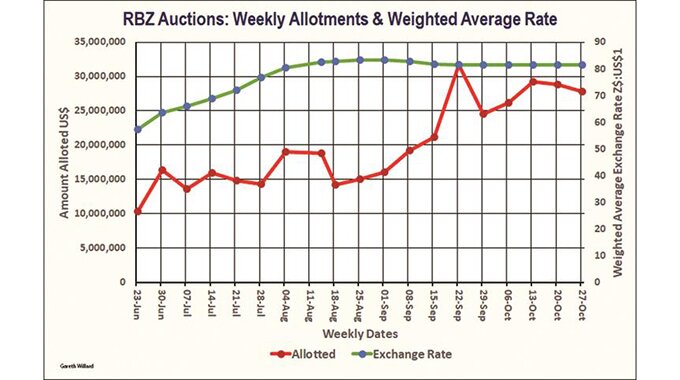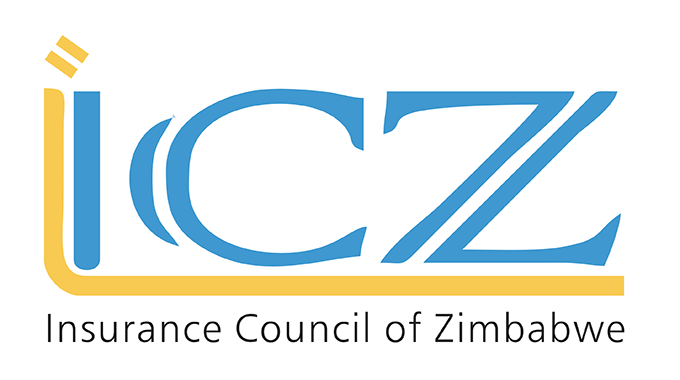Business Writer
South Africa will look to Zimbabwe for resources for its proposed Musina-Makhado Special Economic Zone (SEZ) and this might include transfer of water from dams such as Zhove Dam and Tugwi‐ Mukosi.
The Musina-Makhado SEZ (MMSEZ) is located in the vicinity of the Beitbridge Border Post, which is one of the busiest ports of entry to South Africa and a gateway to the South African Development Community (SADC) countries. Lehlogonolo Masoga, CEO of Musina-Makhado, is quoted by the Global Africa Network saying the MMSEZ has the potential to become an inland intermodal terminal, facilitated by its anchoring position along the North-South Corridor, and directly connecting to the country’s major ports through both N1 road and the Johannesburg-Musina railway line, for the trans-shipment of sea cargo and manufactured goods.
In the interview, back in August this year, Masoga said the MMSEZ will have an energy and metallurgical complex that will include the following plants: Coal Power, Coke, Ferrochrome, Ferromanganese, Pig Iron, Carbon Steel, Stainless Steel, Lime, Silicon-Manganese, Metal Silicon and Calcium Carbide.
This will be complemented by the logistics hub, agro-processing centre, light-to-medium manufacturing industries, SMME Incubation Centre, retail centres, hotels and residential amenities.
South Africa, however, does not have adequate resources for the MMSEZ and will look to neighbouring countries including Zimbabwe.
Advertisement
Responding to questions in the South African parliament back in June 2020, Human Settlements, Water and Sanitation Minister Lindiwe Sisulu, said current and potential source mines for input raw materials for the MMSEZ “have been identified in various Provinces of South Africa, and neighbouring countries like Zimbabwe and Botswana”.
“Other countries like Zimbabwe are also potential supply areas for coal and ferrochrome at which the stricter environmental standards across the two countries shall be applied as per standard adopted international practice,” said Minister Sisulu.
She added that the minerals from neighbouring countries will require the upgrade of import and export terminals and the upgrade of infrastructure like the road and rail bridges over the Limpopo River.
Among other benefits the new MMSEZ will have is potential expansion of agricultural production in both Zimbabwe and South Africa due to increased water availability arising from the water resources developments for the SEZ, according to Minister Sisilu.
Interestingly Zimbabwe is also seen as a source of water supplies.
According to Minister Sisulu, there is already a Zimbabwe-South Africa Joint Water Commission, which as at June 2020, was about to initiate “planning studies to investigate water resource development options in Zimbabwe for the benefit of both countries.”
She said since the signing of the agreement, the technical teams of both countries have been continuously meeting to initiate the joint studies and to make updates on water related issues of mutual interest to both parties.
Minister Sisilu’s comments about Zimbabwe as a potential source of water for the MMSEZ are also in line with the Draft Reconciliation Strategy for the Limpopo Water Management Area North Reconciliation Strategy (The Draft) dated September 2016.
The Draft speaks of potential for transferring water to the MMSEZ from Zimbabwe’s Zhove Dam. Part of the draft reads:
“A transfer from Zimbabwe, is a potential intervention that was considered as part of the feasibility study for the Mutasshi/Musina Corridor Bulk Water Supply Scheme(DWA, 2013b).
Advertisement
“The aforementioned study established that about 30 million m3/a of raw water can be purchased from the Zimbabwe National Water Authority (ZINWA).
“It is proposed that the water released from Zhove Dam be abstracted as surface water from the Limpopo River on the Zimbabwe river banks and treated at the existing WTW located near Beitbridge before being transferred to South Africa.
“This intervention option, however, entails significant negotiations and agreements between South Africa and Zimbabwe to ensure sustainable supply.”
An Environmental Impact Assessment Report for the MMSEZ, dated September 2020, also sees Zimbabwe as a potential water supply source, although an international water user agreement will be required.
Tugwi‐ Mukosi Dam was also identified in the Environmental Impact Assessment Report for the MMSEZ as a “potential project with surplus water that could be diverted to South Africa.”
Another dam, Kondo — Chitowe Dam is also said to have potential to sustain both Zimbabwean and South African water demand. The Environmental Impact Assessment Report for the MMSEZ, however, points out that additional water that will potentially be obtained from Zimbabwe is also uncertain as Zimbabwe is also experiencing limited availability of water.
– HERALD








